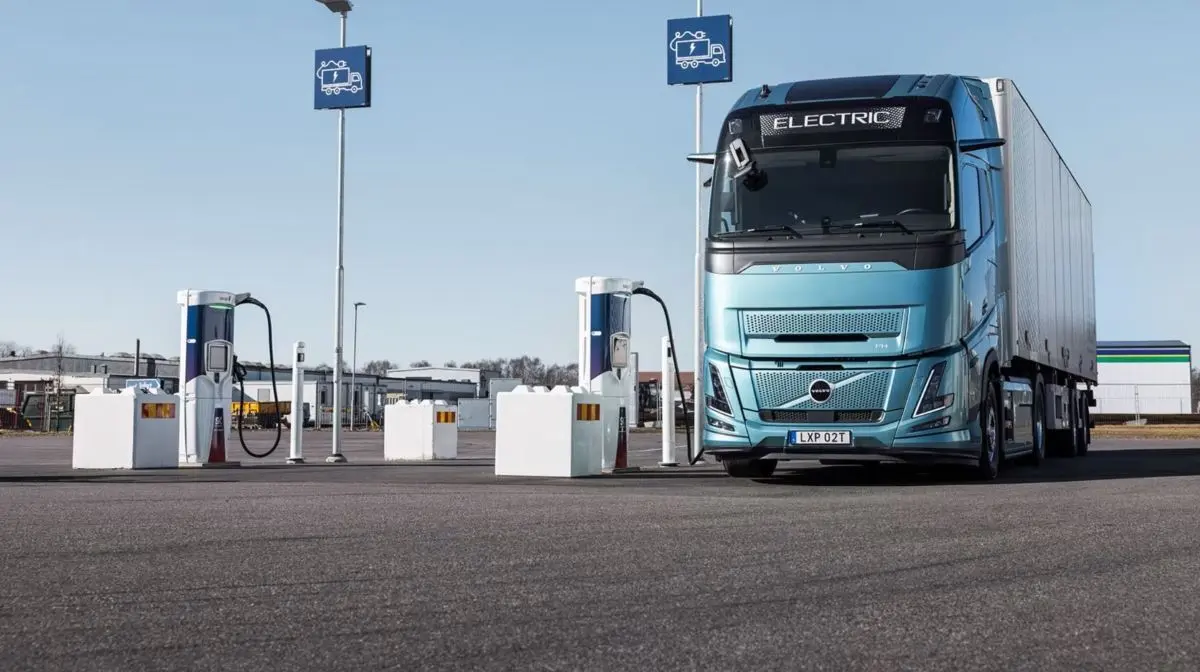Introduction to the EU’s AFIR Regulation
The European Union is steering towards a greener future with its new AFIR Regulation. This initiative aims to significantly enhance the infrastructure for alternative fuels across Europe, focusing on legally binding targets for public charging stations for electric trucks and hydrogen refueling stations. It’s a game changer for transport logistics, ensuring that as we move forward, the infrastructure keeps pace with the evolving needs of freight and transportation.
What is the AFIR Regulation?
Adopted in April 2024, the Alternative Fuel Infrastructure Regulation (AFIR) is a crucial part of the EU’s larger Fit for 55 package. This package has ambitious goals, including the reduction of emissions by 55% by 2030. The regulation encompasses various alternative fuels and modes of transport, covering passenger vehicles, heavy trucks, maritime vessels, and aircraft. This comprehensive approach is unique because it sets legally binding objectives for all EU member states.
Implications of AFIR for Heavy Truck Owners
The designated regulations will have a significant impact on heavy trucks, particularly electric ones. By 2030, it’s mandated that charging stations for heavy trucks must be conveniently located every 120 kilometers along Europe’s major road networks. The initial target is for at least 15% of this network to be compliant by 2025, with a substantial increase to 50% set for 2027. Moreover, by 2030, hydrogen refueling stations should be available every 200 kilometers.
As Henrik Engdahl, Director of Business Development at Volvo Trucks, puts it, AFIR will help build a robust central charging network, allowing trucks to travel between any two points across Europe seamlessly. This infrastructure will provide truck owners with more confidence in their investments, highlighting the robust growth anticipated in electric vehicle adoption.
Addressing the Chicken-and-Egg Dilemma
Henrik Engdahl also comments on the longstanding dilemma of public charging infrastructure—”the chicken-and-egg dilemma.” The AFIR aims to break this stalemate by creating a European-wide charging network, thus encouraging investments in electric trucks while ensuring the necessary support infrastructure is in place.
Impact on Alternative Fuel Infrastructure Development
The introduction of binding targets is expected to catalyze investments and grant subsidies from member states. This can create vast opportunities for charging station operators and contribute to economies of scale within the market.
| Vuosi | Infrastructure Requirements |
|---|---|
| 2025 | 15% of heavy truck charging stations available every 120 km |
| 2027 | 50% compliance with the network requirements |
| 2030 | Hydrogen refueling stations every 200 km |
Future of Electric Trucks
The anticipated charging network under AFIR will allow electric trucks to operate over much more extensive distances, greatly expanding their utility across various applications and industries. This network will also facilitate the introduction of hydrogen-powered trucks once available in the marketplace.
Currently, many electric truck clients charge their vehicles at their operational bases, which limits their effective range. However, a robust public charging infrastructure could dramatically expand their operational radius.
Future Investments in Electric Trucks
The most significant outcome of the AFIR is that it creates alignment among all EU member states towards a common vision regarding the future of alternative fuels. The regulation signals a commitment to substantial investments and reassures current and prospective electric truck owners that these vehicles can accommodate an increasing number of transport tasks.
Conclusion and Individual Experiences
The AFIR brings crucial changes to the landscape of transportation by addressing infrastructure gaps and paving the way for electric trucks to thrive in logistics. Yet, it’s important to remember that while reviews and feedback can be insightful, nothing quite beats firsthand experience. Using platforms like GetTransport.com, stakeholders can navigate cargo transportation effectively. It offers competitive rates for global transportation solutions tailored to diverse needs—be it for office and home relocations, cargo deliveries, or transporting bulky goods. This transparency and convenience are essential in today’s logistics landscape.
Lopulliset ajatukset
In sum, the AFIR Regulation stands to play a vital role in shaping the future of logistics across Europe. By ensuring the expansion of charging stations and hydrogen infrastructure, it meets the needs of a growing electric truck fleet. GetTransport.com is poised to support users through this transition, allowing for efficient and cost-effective international cargo transportation solutions. With a variety of services tailored to every logistical challenge, GetTransport.com can ensure you find just what you need without breaking the bank. Start planning your next delivery and secure your cargo with GetTransport.com. Book now! GetTransport.com

